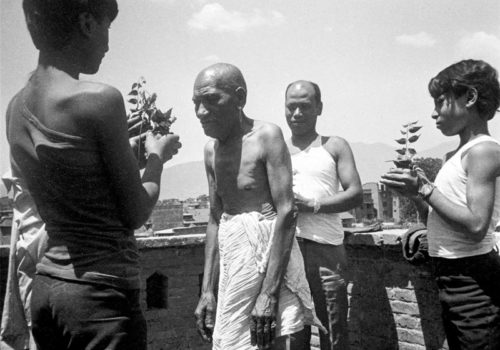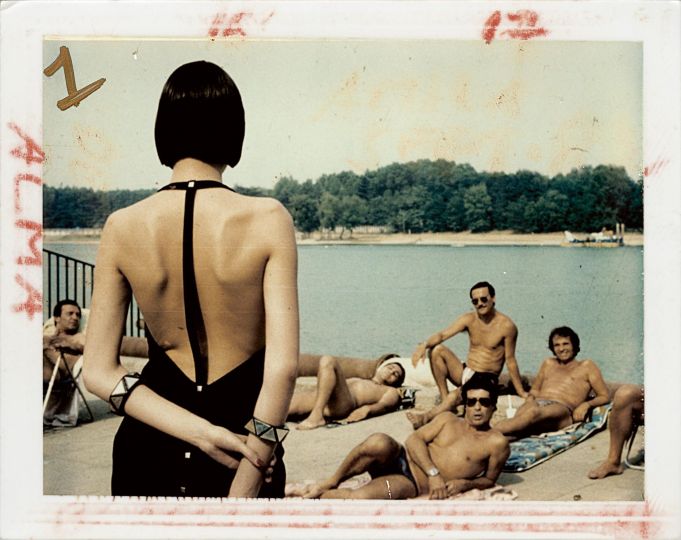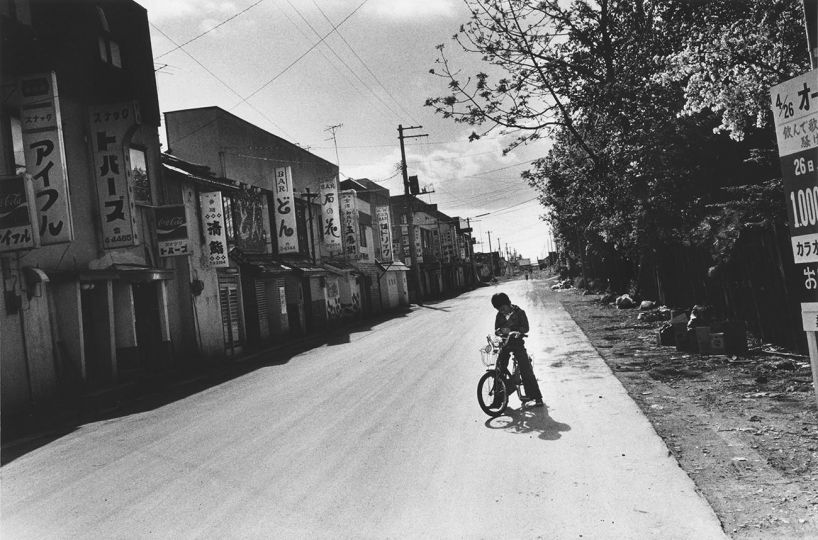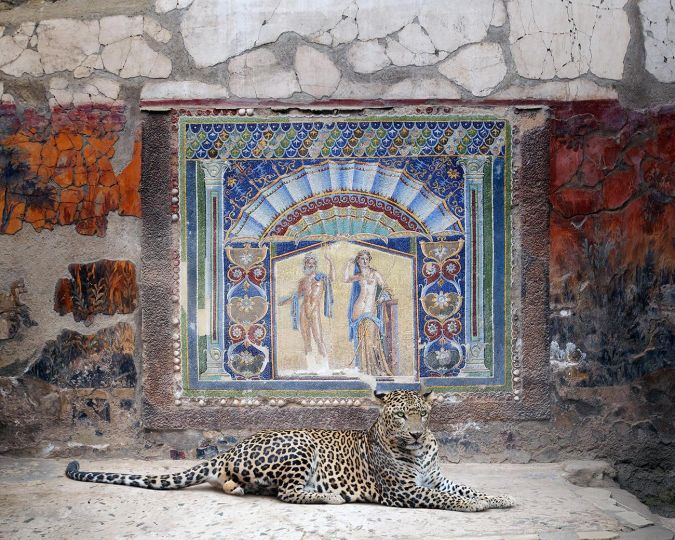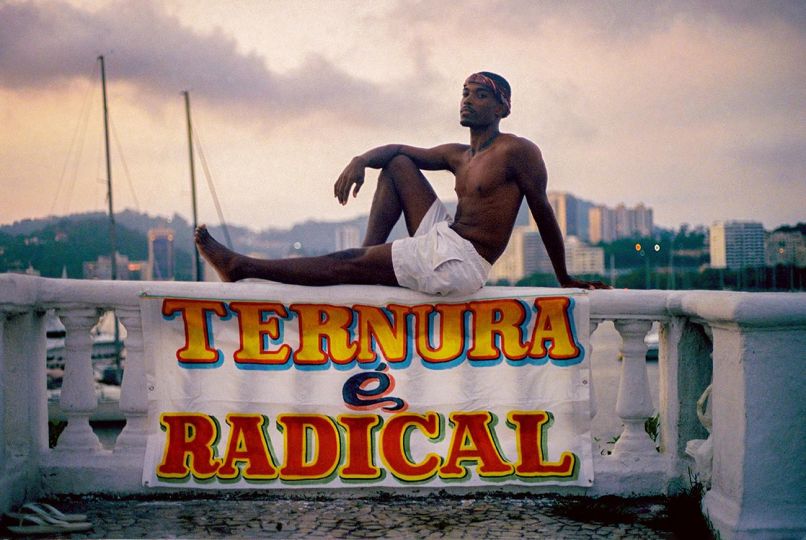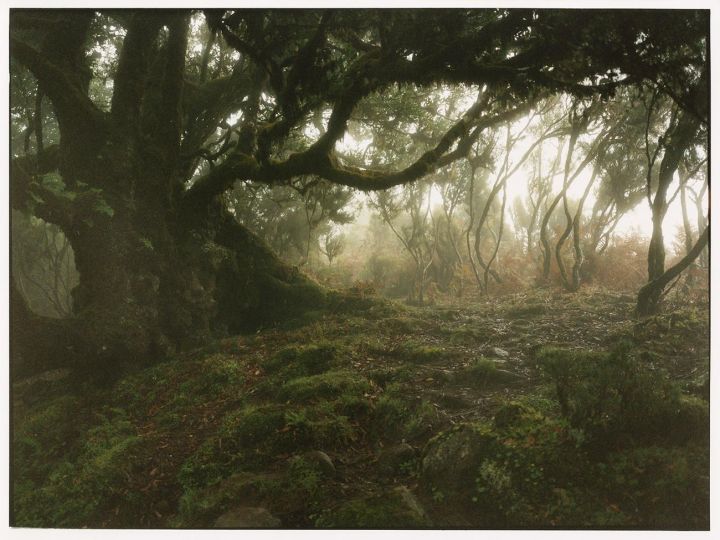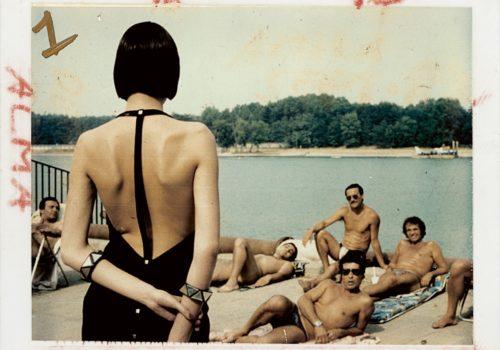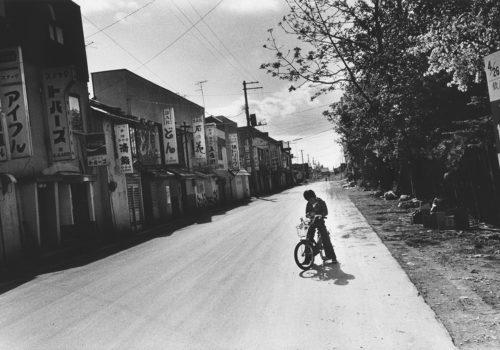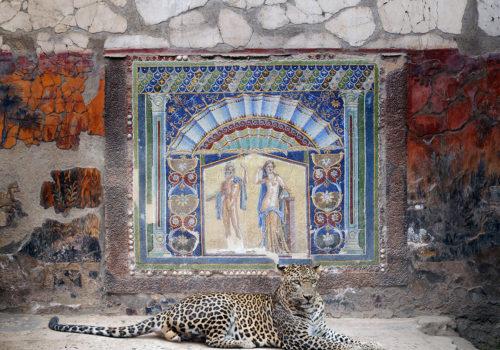The Nepali historical narrative suffers from an acute lack of representation of a majority of its people. Slowly, Nepal attempts to move towards plurality in governance and other social systems. These collections are part of Nepal Picture Library, a digital photo archive run by photo.circle that strives to document an inclusive history of Nepal.
Juju Bhai Dhakhwa’s collection consists of photographs from his family albums. Juju Bhai Dhakhwa was an amateur photographer from Patan, he photographed family, friends and neighbors who invited him to events especially because he would bring his camera along. His photographs present to us a slice of life in a Newar community, not through the eyes of a historian or an anthropologist but a young man who represents the first generation of urban Nepali youth to enjoy newly imported Russian motor bikes and Bollywood inspired three-piece suits.
Birgunj consists of formal studio portraits from the studios of Atta Hussein Sheikh and Purna Bahadur Shrestha from Birgunj. As access to photography was limited to the aristocratic classes until the early 20th century, average Nepali people had to wait until the 1950s to access studios. Such trips were rare, the memories created were precious. How do people choose what to memorialise?
Tansen is a town perched on the crest of the Mahabharat range that was ruled by the mighty Magars until the mid-18th century. When the Magars were defeated by the Shahs, Tansen evolved into a Newar trading post. These photographs were taken by Janak Prasad Shrestha, son of a Newar tradesman who discovered photography and took it up as a profession. We know little of the people he photographed but they peer out at us, beckoning us to ask questions.

